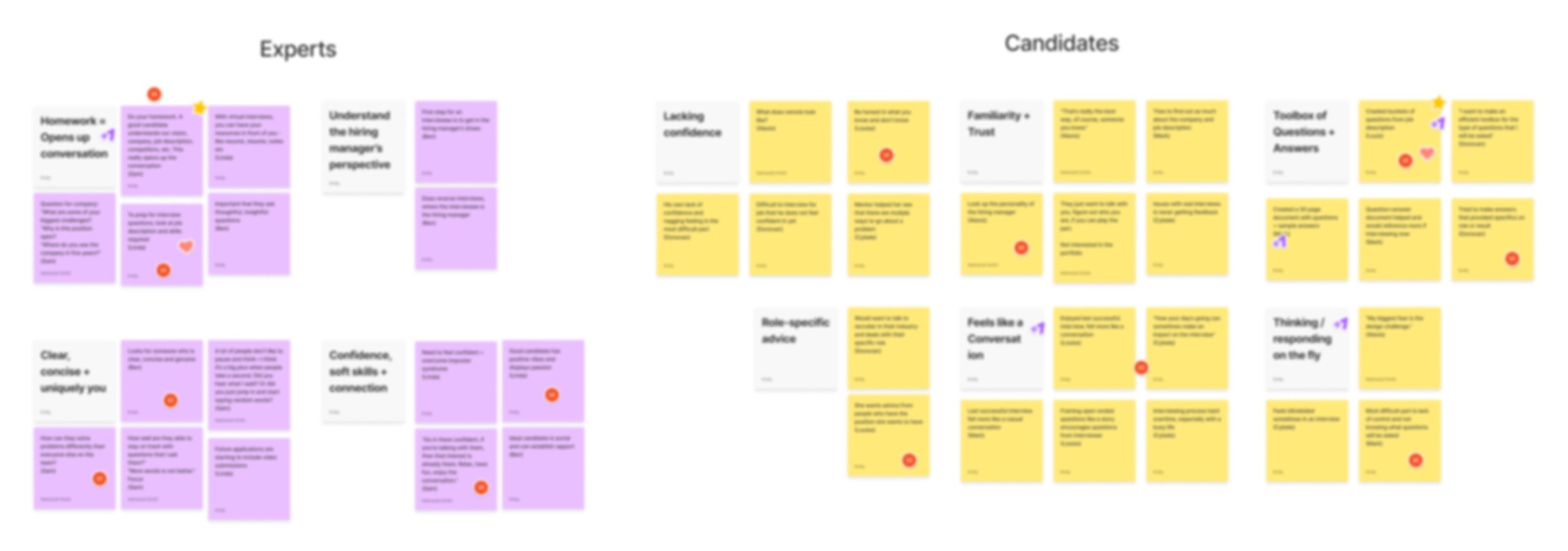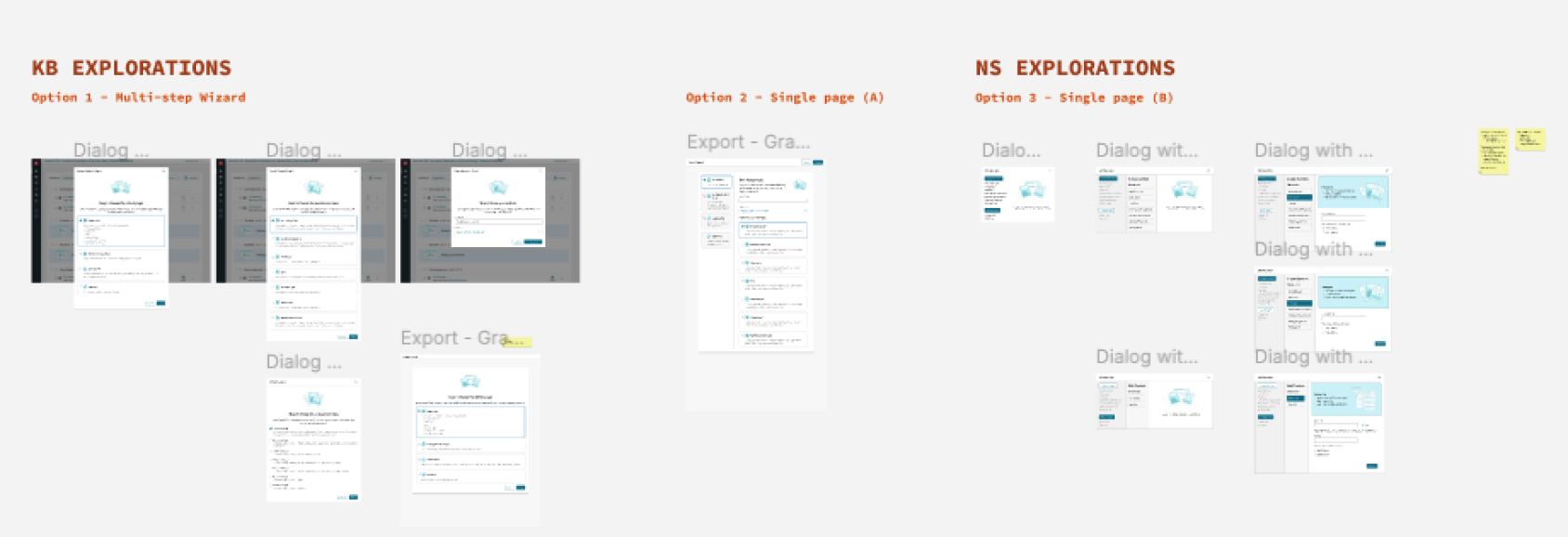Content Creation Redesign
Paradigm shift and visual refresh
June 2023–September 2023
Design methods, research, and project management

Redesign and test the instructor’s content creation flow for a complex courseware platform.
The Problem
The proliferation and evolution of “content types” within a higher education courseware product required a new content creation flow.
The Work
Initial stakeholder research
Ideation and sketching
Journey mapping and user flow designs
Flow review with product and engineering partners
High-fidelity designs and prototypes
Hallway testing with content creators and editors
The Solution
High-fidelity concepts and prototypes that are fully accessible visually, cognitively, and for screen readers. Deployed for Fall of 2023.
An educational technology suite of tools serving 1.85 million users provides instructors and media editors with a tool for building assessments. Users can either create content like quizzes, tests, or writing assignments, or upload or create original documents for student consideration, or create a link to an external website.
As the landscape of student assessment evolves, the assessment creation user journey evolves as well. This project reimagined the initial content creation process, produced and tested design artifacts, and handed off high-fidelity prototypes for development.
Deliverables
Wireframes
High-fidelity screens
Figma prototypes
Users and audience
32,000 college and university instructors and professors
25 internal media and content creators
Roles and responsibilities
Workshop Moderation
Stakeholder Management
UX Research
UX Design
UI Design
Pen and paper, Figma, FigJam, Stark Contrast & Accessibility Tools

Discover
Stakeholder Interviews
Guided discussions with the product and engineering teams to learn about the problems and the teams’ current approach.

Design
User Flows
Map out the user flow for creating new content and assessments.
Solution Ideation
Several rounds of idea generation, review, and analysis.
Two different approaches based on our ideation process.

Validate
Internal Reviews
Review proposed user flow and approaches with our product and engineering stakeholders.
Hallway Testing
Hallway tests with internal media creators with a focus on the UX copy and the user flow.
Iterations
Revise and refine the designs based on the testing results.

Stakeholder Management
Collaboration and Compromise
Defined feasibility with our engineering partners.

Outcomes
Deliverables
We worked closely with designers, researchers, engineers, and product partners to design an effective and progressive creation process.
At the end of this project, we delivered:
Documented design process
Wireframes
High-fidelity prototype
Next steps
As the assessment ecosystem continues to evolve, so will this process. We need to return to some ideas that were left for later iterations.
Lessons & insights
-
Maintain alignment with non-designers through frequent design reviews and updates.
-
A strong user journey allows for modularity and flexibility, if its interaction with other parts of a product are also evolving.




